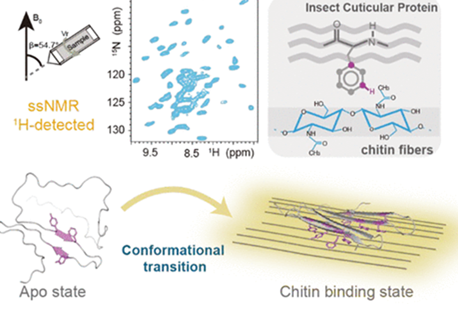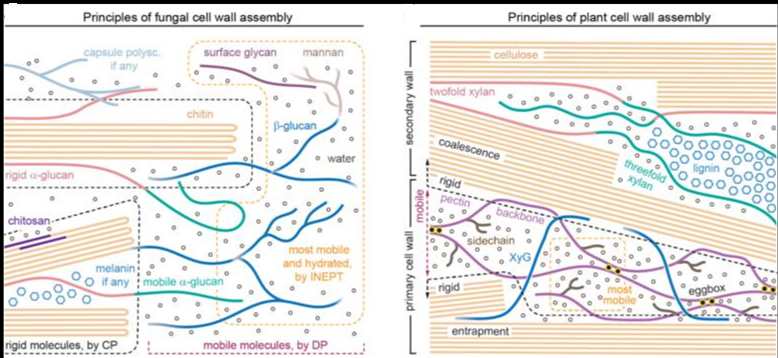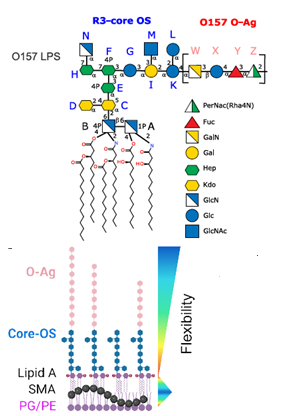Plastic production reached 400 million tons in 2022, with packaging and single-use plastics accounting for a substantial amount. The resulting waste ends up in landfills, incineration or the environment, contributing to environmental pollution. Shifting to biodegradable and compostable plastics is increasingly considered an efficient waste-management alternative. Although polylactide (PLA) is the most widely used bio-sourced polymer, its biodegradation rate remains low under home compost and soil conditions. Using a scalable industrial process, the authors present a PLA-based plastic in which an optimized enzyme is embedded to ensure rapid biodegradation and compostability at room temperature. First, an 80-fold activity enhancement was achieved through structure-based rational engineering of a new hyper-thermostable PLA hydrolase. Second, the enzyme was uniformly dispersed within the PLA matrix using a masterbatch-based melt extrusion process. The liquid enzyme formulation was incorporated in polycaprolactone, a low-melting-temperature polymer, through melt extrusion at 70 °C, forming an ‘enzymated’ polycaprolactone masterbatch. Masterbatch pellets were integrated into PLA by melt extrusion at 160 °C, producing an enzymated PLA film (0.02% w/w enzyme) that entirely disintegrated under home-compost conditions within 20–24 weeks, meeting home-composting standards. The mechanical and degradation properties of the enzymated film were compatible with industrial packaging applications, and they remained intact during long-term storage. This innovative material opens new avenues for composters and biomethane production and provides a feasible industrial solution for PLA degradation.





